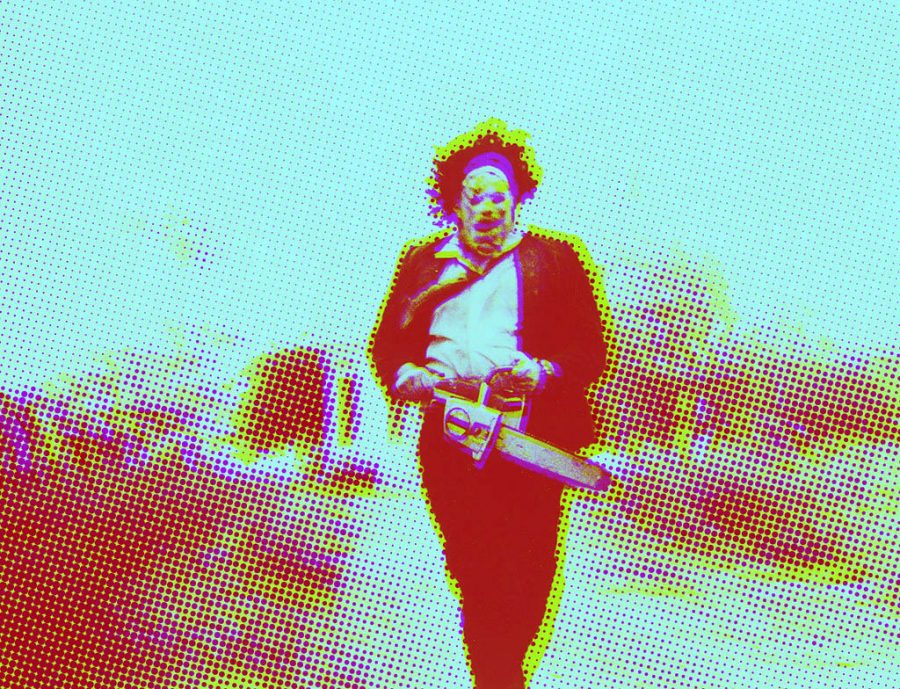Review: ‘Texas Chainsaw Massacre’ is a must-watch 50 years later
November 12, 2020
Considered by many as one of the first slasher films, “Texas Chainsaw Massacre” has inspired eight spin-off films, with another to come in 2021. Even at nearly 50 years old, the film holds its own as a gruesome tale of horror.
From the beginning, the film is peppered with heavy symbolism, as well as death and gore following each of the characters. The accumulation of creepy situations, from the threatening hitchhiker to the abandoned house, creates an intense and suspenseful build. When action does happen, it is done quickly and brutally by the infamous villain, Leatherface.
Leatherface’s lack of true personality, aside from his joy in killing, was novel in the genre and made his character all the more terrifying. His victims’ only crime was being near Leatherface’s house, and his obsession with graphic murder possessed his entire persona. With a truly insane killer, the only way to escape is with pure speed or luck.
In fact, none of the characters are truly explained. The relationship of the barbeque shop owner — the first victim — to Leatherface and the hitchhiker from the beginning is left unclear until near the end, and the reasons for their obsession with killing and decorating with human body parts are never revealed. The fact that there is no insight into their motivations or relationship makes their roles even more terrifying, and their omnipresence in the town makes nowhere feel safe.
The film begins by stating that it is based on a true story, which, while technically false, adds to the suspense and fear. Also, unlike supernatural villains in other horror movies, Leatherface is inspired by the real-life killer Ed Gein, which makes him feel like a villain one could encounter on a real ill-fated road trip.
“Texas Chainsaw Massacre” is also saturated in dramatic irony, with characters making choices that make the viewer cringe in fear, while the characters have no idea what they are in for. The combination of dark scenes, near-silence penetrated only by screams and by the buzzing of a chainsaw and Leatherface’s horrifying mask make his appearance all the more unexpected and terrifying for the viewer.
The cinematographic style, including a stark contrast between light and darkness and close-up shots of gory scenes, is another classic element that has clearly inspired later horror movies, such as the 2002 remake of “The Ring.” However, it is still a film from the mid-’70s and some of the graphic effects are subsequently unrealistic, which can take viewers out of the scenes and provide a break from the horror.
One element that suffers from its age is some of the outdated themes. For one, people with mental health illnesses are stigmatized. Both the hitchhiker, who is clearly represented as having some form of mental illness, and Franklin, who has disabilities, are portrayed in negative lights. The former is depicted as being violent due to his illness, and the latter is excluded and shown to be a burden on the larger group.
Another common critique is the treatment of the male versus the female victims. While Jerry, Kirk and Franklin are all killed quickly, Pam is tortured by being hung from a meat hook and Sally is subjected to mental and physical torture for hours. The women’s deaths are the ones that remain in viewer’s minds, and they are the ones who suffer the most.
Despite its contribution to common harmful tropes about women and people with mental health issues in the horror genre, it remains a classic for good reason — “Texas Chainsaw Massacre” continues to horrify its viewers nearly half a century later.







